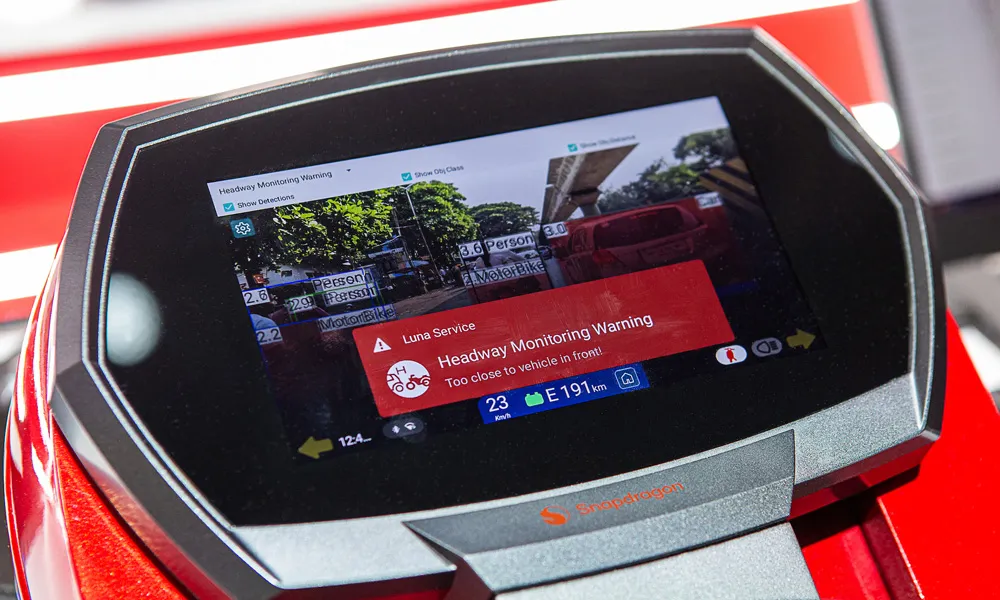The Enterprise Mobility Solutions business of Motorola has announced the latest addition to its Mesh Wide Area Network (MWAN) portfolio, the Vehicle Mounted Modem (VMM) 4300. Designed to deliver wireless broadband connectivity at highway speeds, the company says the VMM 4300 provides public transportation organisations and safety agencies with the opportunity to extend mobile applications and video to buses, trains, public works vehicles and police cars for increased productivity and improved safety. The VM
July 24, 2012
Read time: 2 mins

The Enterprise Mobility Solutions business of 96 Motorola has announced the latest addition to its Mesh Wide Area Network (MWAN) portfolio, the Vehicle Mounted Modem (VMM) 4300. Designed to deliver wireless broadband connectivity at highway speeds, the company says the VMM 4300 provides public transportation organisations and safety agencies with the opportunity to extend mobile applications and video to buses, trains, public works vehicles and police cars for increased productivity and improved safety.
The VMM 4300 solution utilises Motorola's field-proven MeshConnex routing technology and Opportunistic Radio Link Adaptation (ORLA) to enable reliable and secure mobile access to multiple voice, video and data applications, including advanced passenger information services. Working in tandem with a well-designed MWAN 4300 network, Motorola says its solution can maintain reliable and secure multi-megabit connections to the train or bus, enabling advanced services that can help improve passenger safety, streamline operations or enhance the passenger experience by offering WiFi connections during the daily commute.
Motorola says the device also meets the growing data needs of public safety personnel around the world. For example, when deployed in police cars, data rates provided by the MWAN 4300 network far surpass those available through operator data cards, enabling new applications, such as streaming video from the moving vehicle or accessing real-time video surveillance footage for better situational awareness. Motorola's VMM 4300 offers a high-powered radio that can be configured in a 5.8, 5.4 or 4.9GHz band wireless backhaul connectivity and easily installed in the trunk of a police car, providing megabit data connections even during high-speed manoeuvres.
The VMM 4300 solution utilises Motorola's field-proven MeshConnex routing technology and Opportunistic Radio Link Adaptation (ORLA) to enable reliable and secure mobile access to multiple voice, video and data applications, including advanced passenger information services. Working in tandem with a well-designed MWAN 4300 network, Motorola says its solution can maintain reliable and secure multi-megabit connections to the train or bus, enabling advanced services that can help improve passenger safety, streamline operations or enhance the passenger experience by offering WiFi connections during the daily commute.
Motorola says the device also meets the growing data needs of public safety personnel around the world. For example, when deployed in police cars, data rates provided by the MWAN 4300 network far surpass those available through operator data cards, enabling new applications, such as streaming video from the moving vehicle or accessing real-time video surveillance footage for better situational awareness. Motorola's VMM 4300 offers a high-powered radio that can be configured in a 5.8, 5.4 or 4.9GHz band wireless backhaul connectivity and easily installed in the trunk of a police car, providing megabit data connections even during high-speed manoeuvres.








